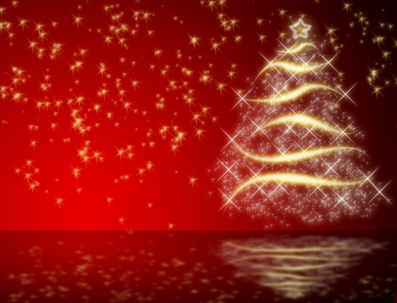A few anecdotes about our holiday meals !
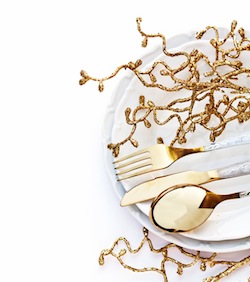 We invite you to make the tour of the traditional dishes that fill our plates during the holidays. Do you know all their secrets ? They offer many surprises…
We invite you to make the tour of the traditional dishes that fill our plates during the holidays. Do you know all their secrets ? They offer many surprises…
You will soon know all about their characteristics and mysteries… It will then left is to compose your menu and impress your guests with anecdotes Christmas Day !
It is well known that oysters produce pearls and if you're lucky, Perhaps you will find an opening in your oysters on Christmas Day…
Do you know the beads making mechanism ?
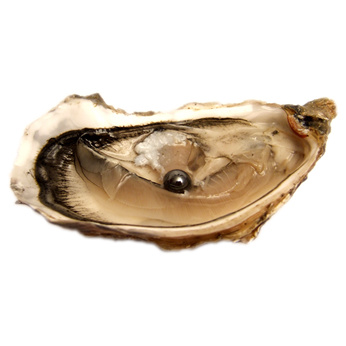 Pearls are generally small white balls but are sometimes tinged with pink, blue, yellow, green, brown or black. The color of the pearl depend on the type of oyster, nutrients that it ingests…
Pearls are generally small white balls but are sometimes tinged with pink, blue, yellow, green, brown or black. The color of the pearl depend on the type of oyster, nutrients that it ingests…
When an irritating foreign body passes inside the oyster shell, the animal reacts by surrounding this element a layer of calcium carbonate in the form of "aragonite" or "calcite". This mixture is called nacre. The nacre corresponds to crystallized calcium carbonate. The crystals formed on a substrate protein and complex sugars, which gives it great strength !
In summary, the formation of a pearl is a defense mechanism set up by the oyster against certain irritants that penetrate its shell !
The aesthetic quality of the pearl depends on the thickness of the nacre and regularity of crystallization.
Black pearls are valuable because few. They can be found in Polynesia.
Did you know that snails are both male and female ?
Snails are "hermaphroditic": they have a male genital organ and a female genital organ. They thus produce both eggs and sperm.
During the breeding season, couplings take place between snails : one deposits the sperm in the female genital organ of another. The sperm will then fertilize the eggs and the snail will then lay their eggs in the soil. This same snail will also drop his sperm to a third snail…etc. Each snail performs multiple couplings, sometimes as male and sperm donor, sometimes as female and sperm recipient.
Do you know the difference between St. Jacques scallops and scallops ?
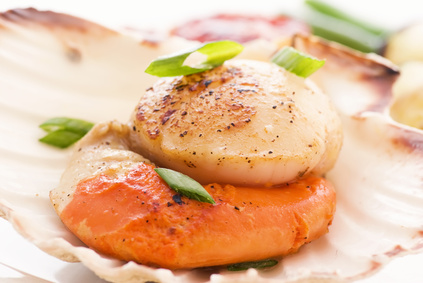 The scientific name for the Saint Jacques shell Pecten maximus. But beware, the name "Saint-Jacques" is a user name and trade name.
The scientific name for the Saint Jacques shell Pecten maximus. But beware, the name "Saint-Jacques" is a user name and trade name.
Since 1996, WTO authorizes the use of the term "Saint-Jacques" to designate other molluscs of the family Pectinidae, including scallops and lapwings (also called "white scallops").
The "real" nuts Saint-Jacques (corresponding to Pecten maximus) is bigger than scallops and lapwings.
As for the shell, that of Pecten maximus is red, brown, sometimes pink or mottled, with ribs fan. The upper valve is flat unlike the scallops and queen scallops which bulges.
The "real" shell Saint-Jacques, of course, most sought after by gourmets.
It should therefore, when you buy only "nuts" Saint-Jacques without the shell, thoroughly check marked "Pecten maximus".
Know that its fishing is strictly regulated in France, where it is allowed only from October 1st 15 May by ministerial decree.
Normandy represents more than half of French production!
The capon is a traditional part of the festive menus, but do you know exactly what it is ?
A capon is a rooster that has been neutered and is higher than for meat. Castration of males improves meat tenderness.
The operation, called castration, occurs when the chick is old 6 to 10 weeks. The young capon loses his voice and peak grows more.
In the old days, in the farms, the breeding of capons was part of the traditions and was reserved for holiday meals. In the 19th century as trade grows capons, parallel to the birth of the traditional gastronomic recipes.
Currently, there are thousands of capons that are bred each year.
In France, capon is the specialty of Bresse. To get certified, it must have at least 8 month (dont 7 months of life in the meadow) and weigh at least 3 kg.
You will know now a little more about this tasty dish of Christmas and New Year ...
Do you know the lifestyle of salmon ?
Did you know they are very tough and they are able to travel long distances ?
Salmon is a cousin of the trout. He reaches, adulthood, considerable sizes : from 60 over 120 cm !
It is an anadromous fish that is to say, he spends part of its life in freshwater and part in salt water. It is highly migratory and will stay in different places.
At the outset, he is born in freshwater. Rather, they are fast rivers, fresh, oxygenated, whose floor is covered with pebbles, gravels. It remains in this river during 1 or 2 years and then down to the estuary and migrate to the Arctic Circle North off Greenland.
His life in rough sea 1 or 2 years, sometimes more. During this period, it can feed in abundance and accumulate reserves.
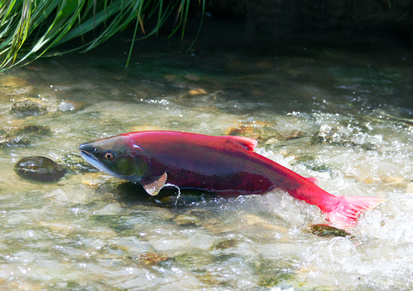 It then returns to the river where it was born to lay. It is thanks to his sense of smell
It then returns to the river where it was born to lay. It is thanks to his sense of smell
highly developed that salmon will regain its native river !
Upon approach of the estuary, adult salmon stop feeding. He can only rely on the reservations it has made during its sea life.
He has a beautiful silver color. With the approach of spawning, the male will undergo major changes : its lower jaw (for Atlantic salmon) or greater (for Pacific salmon) then takes the form of a hook, hook that will be a powerful weapon to confront rivals !
It is estimated that only 3 % Salmon will succeed to ascend their native river. They will have to swim against the tide, up waterfalls, besides the problem of dams that are a real obstacle ...
Upon their arrival, they have lost 40 % their weight because of the effort they had to provide, the production of eggs in females, milt in males and of course their fast. Spawning occurs in autumn. The female digs a nest in a sandy bottom or gravel. The male will fertilize the eggs and then cover them with sand or pebbles.
When playback is complete, salmon die of exhaustion in almost 100% cases ! Only a few beefy survive, the river go down again, migrate back to the North Pole and return to spawn a second time!
Exhausting salmon life ...
Lobster has powers you surely know ...
Indeed, it is capable of voluntarily amputated of its legs or clips if it is gripped by a predator.
This is called autotomy ! This is an excellent defense mechanism ! Thus lobsters can, in case of danger, save his life at the cost of pliers or a leg. Rupture occurs at the base of the legs. Blood flow ceases in Appendix amputated, a membrane is formed at the rupture site, then the lug or clamp will gradually reform is during the animal moved. It will eventually regain its normal size !
Impressive, non ?
Traditional dishes parties have no secret for you !
Your turn now ! Unleash your imagination to compose the most beautiful Christmas dinner…

